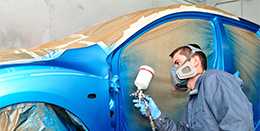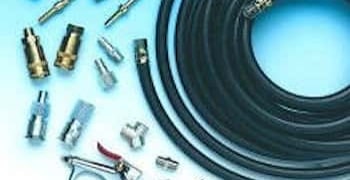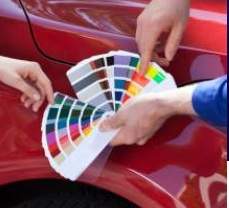 How to use Glitter Paint for Car Bodyworks ?
How to use Glitter Paint for Car Bodyworks ?
For specialists, there is a wide variety of sizes, types, and colors among what the general public commonly refers to as automotive paint glitter. Beyond the simple Metal Flakes used in automotive painting, whether on car bodyworks or motorcycle fairings, there are various nacres, aluminum, or polyester particles, each with its own specific qualities and drawbacks.
Unlike a micronized opaque pigment (a solid color), automotive paint glitter refers to a "large" pigment or a particle that strongly reflects light, with either a colorless or colored reflection. The size of a glitter particle is significantly larger than that of nacre or aluminum, which are primary components of automotive paint. In fact, particles are considered glitter when their diameter reaches at least 100µm.
Some glitters can reach extreme sizes, rarely used in custom painting, up to 2000 or even 4000µm (2 or 4 millimeters), while the standard size is 200µm. What differentiates the types of glitter is their thickness, opacity/transparency, and visual effect.
Applying Automotive Paint Glitter
Depending on the different characteristics of the glitter, painters or customers make their choice while considering the application methods and their constraints.
Applying "Metal Flakes" (Standard, Cosmic, or Iridescent):
Apart from dry application using a Flakebuster, painters simply need to use a large spray gun, preferably a basic one. A primer spray gun with a large nozzle (>1.5 mm) is recommended.
Automotive paint glitter does not apply in the same way as standard paint. This mixture, composed of clear coat and glitter, is sprayed from a greater distance than regular paint (about 30–40 cm). One can observe the hundreds of glitter particles being propelled and settling evenly on the surface.
Unlike traditional automotive paint, it is crucial to cross the passes and use broad trigger pulls to prevent clogging in the spray gun’s reservoir. Regularly shaking and stirring the spray gun is essential to keep the glitter particles suspended in the clear coat. The glitter should be sprayed until the background is sufficiently covered. However, the larger the glitter particles, the harder it is to achieve full coverage. For this reason, it is recommended to apply a background coat in the same color as the glitter or use a black base.
 How to apply white glitter paint ?
How to apply white glitter paint ?
Why should a black base coat be used? There is one specific case: white glitter. Here's how to apply a white glitter paint. The reason is simple: black absorbs light, whereas white reflects it. When applying glitter over a base coat, choosing a darker base ensures that it does not compete with the reflective glitter particles, thereby enhancing their effect and visibility.



















































































